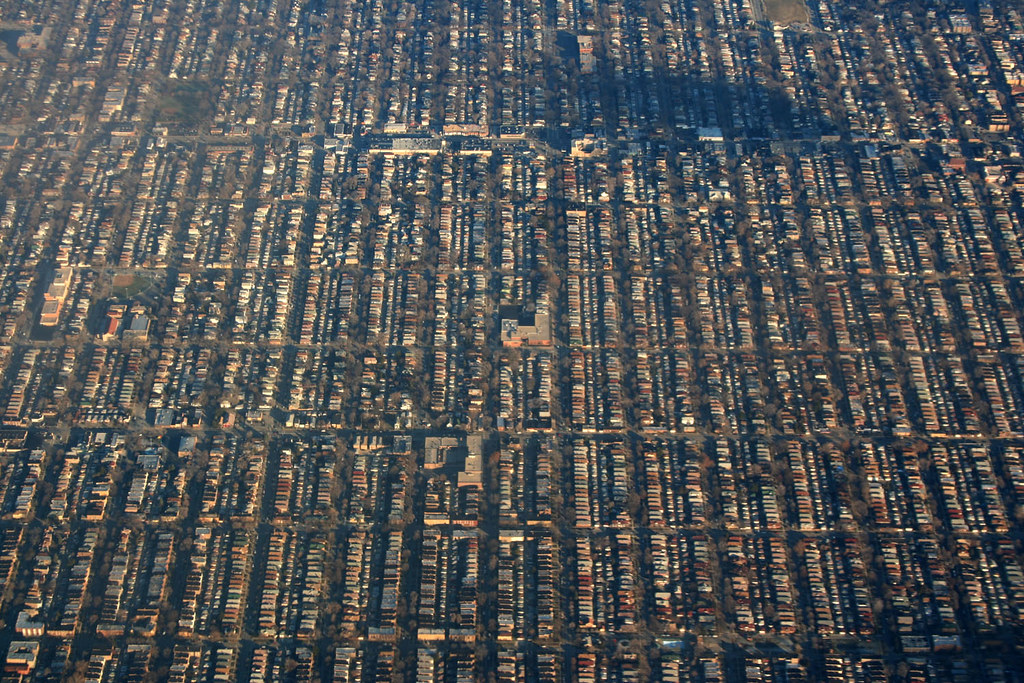U.S. metropolitan areas have continuously become more racially integrated over the past 50 years, after segregated housing patterns peaked in 1970, according to an analysis of U.S. Census tract-level data, reported in The Wall Street Journal (WSJ).
However, progress has been uneven, writes Paul Overberg, in “Chicago vs. Dallas: Why the North Lags Behind the South and West in Racial Integration,” [gated] published by the WSJ on July 16.
“U.S. metropolitan areas across the South and West show more racial integration than those in the Northeast and Midwest, figures from the latest decennial census show,” wrote Overberg.
The reason isn’t difficult to guess. Rapid economic growth in the South and West has attracted migrants from other regions searching for employment and better lives. In slow-growing and no-growth areas, the population and housing churn takes more time, and segregated housing patterns persist.
Compare Dallas, Texas and its suburbs, which are more racially integrated than Chicago, Illinois and surrounding communities, says Overberg.
“In 1990, people of one race made up the majority of almost every census tract in the Chicago metro area,” wrote Overberg. “Today, many tracts are integrated to the point that there is no single racial majority as migration and immigration have produced a more diverse population. But a closer look at older, denser neighborhoods shows that sharp racial divisions remain, a factor that makes Chicago one of the most segregated U.S. metros.”
In Dallas, by contrast, economic growth attracted immigrants from abroad, and migrants from rust-belt regions, says Overberg.
“Recent decades of strong population growth have spawned new cities and neighborhoods and revised the landscape left by legal segregation,” wrote Overberg.
As a result of these trends, by 2020, in the Dallas area, “Just 41% of [census] tracts have a White majority; 20% have a Hispanic majority,” wrote Overberg. “About a third have no majority.”
And, in Chicago, “Just over half of tracts have a White majority,” wrote Overberg. “The share with no majority has risen to 16% from 4% in 1990.”
For more Budget & Tax News.
